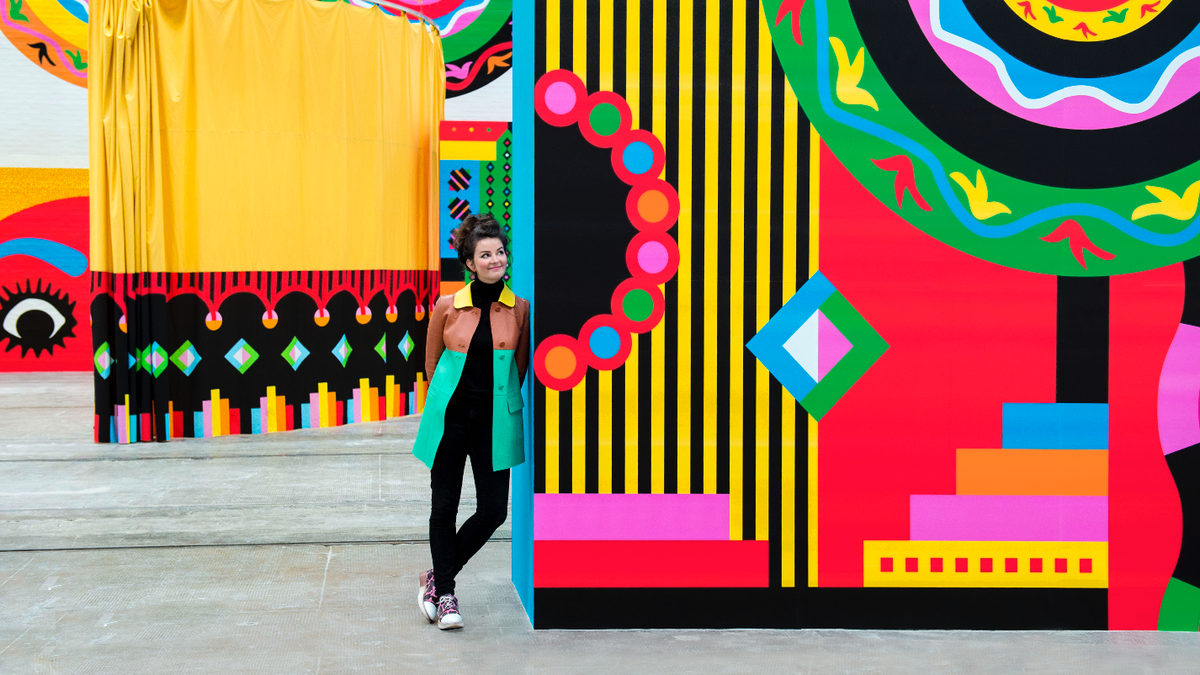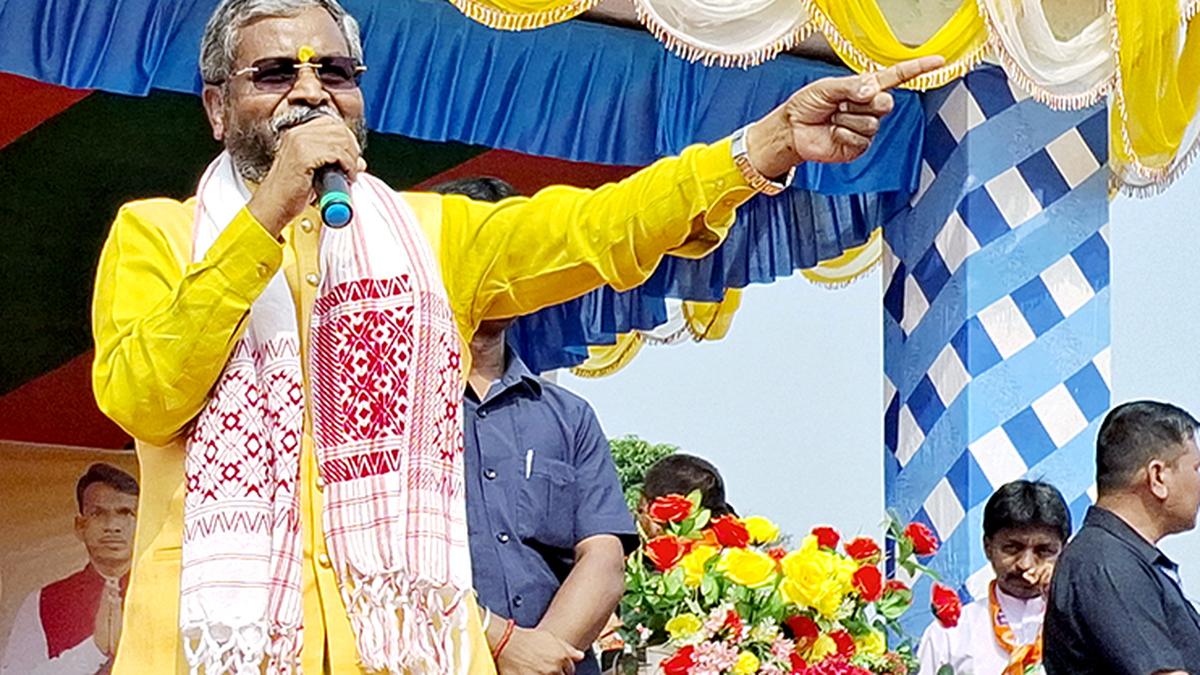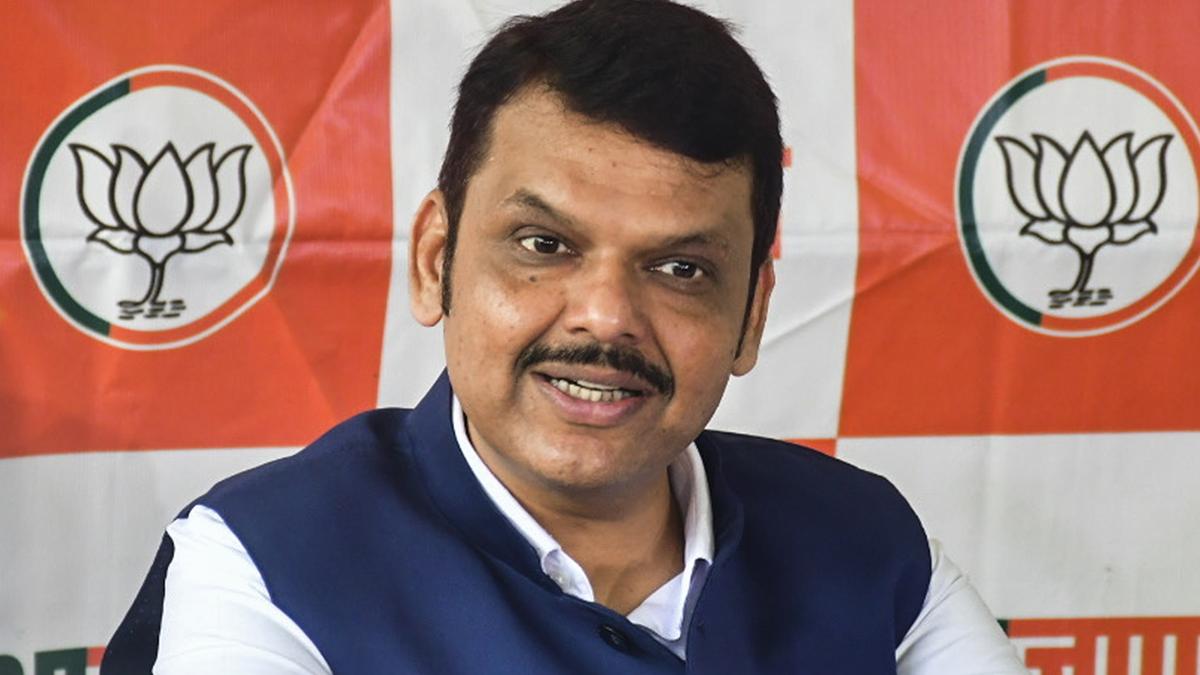All set to showcase the transformative power of design across multiple disciplines, the annual Dundee Design Festival (DDF), held in Scotland, will bring together a diverse range of designers, artists, and industry leaders. But what sets it apart from similar design events across the globe is the fact that it is aiming to be the world’s most sustainable design festival. How so?
DDF’s Creative Director, Stacey Hunter, says she developed an industrial materials palette quite early for the festival. “That allows me to do things like build lots of plinths and traditional tabletop style displays using materials like bricks, base blocks, terracotta insulation bricks and other sheet materials. If you arrange them in the right way, and they’re big enough, don’t have to be glued or joined in a permanent way. This means that after the festival, these materials remain undamaged and can be then used and reused again and again,” she says of the festival’s fifth edition that has over 180 participating designers.
Excerpts from an interview:
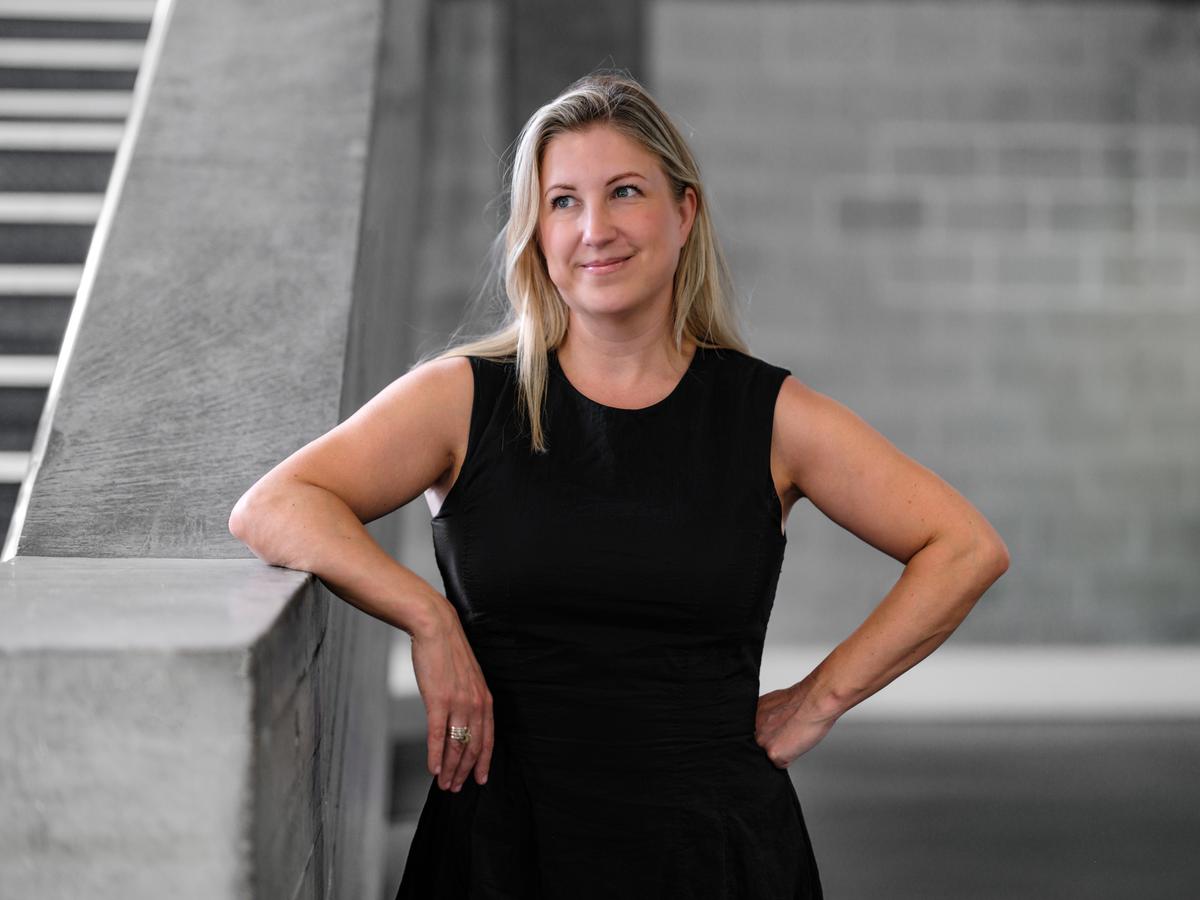
Stacey Hunter | Photo Credit: Grant Anderson
What was the thought behind this year’s theme, multiplicity?
It was important to me that we showed the breadth and the depth of design, from the handcrafted like, glass, ceramics and jewellery, all the way through to graphic design, architecture, urban design, and also to demonstrate the way that design intersects with other art forms and technologies. So this idea of ‘multiplicity’ allows us to be generous with our programme, and include some of the best designers, all under one roof.
The participating designers come from varied fields. Was this a conscious decision?
Our invited participants are using fresh thinking, new techniques and exciting ways of doing things. They offer a very unique aesthetic, and that allows visitors to the festival to see how diverse Scottish design and the Scottish design scene is.
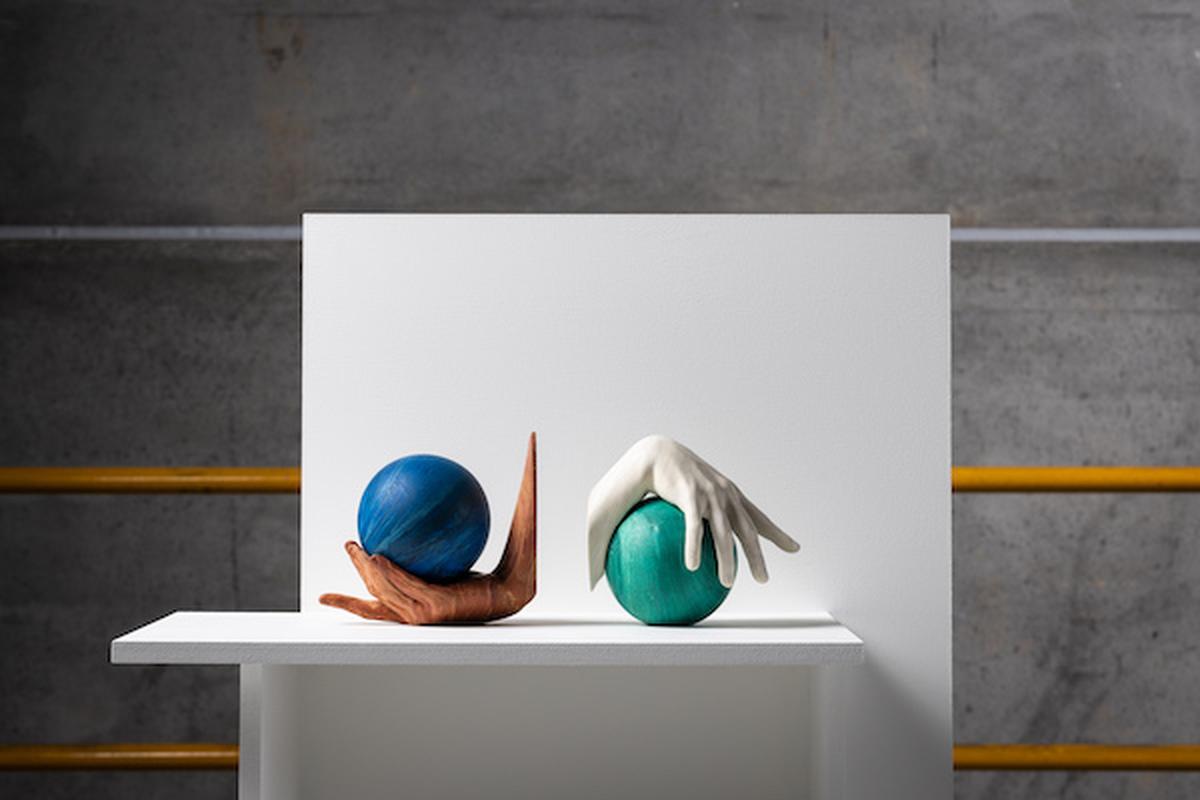
Artist Jennifer Gray’s ‘World at her fingertips’ | Photo Credit: Reuben Paris
As the festival is a mix of exhibitions, workshops, talks and events there’s been a range of different programmed activities. For Hyper-Local, we’ve collected a diverse selection of design objects sourced from across the global creative cities network that each speak to their place of origin. Framework is a snapshot of Scottish design selected from an open call. Materialise is a series of installation commissions and related workshops from four leading design studios invited to participate and Bookends is a new series of works commissioned from 20 exciting Scotland-based designers.
The festival is said to be the world’s most sustainable design festival. How so?
As a team, we have taken a cross sectional approach to thinking about all different aspects of how we produce a design festival and how visitors interact with us. So that means that we think about not just the festival exhibits and how we produce the presentation of the festival, but we also think about how audiences are going to transport themselves to us, how we provide food and beverages, and how we source services and materials.
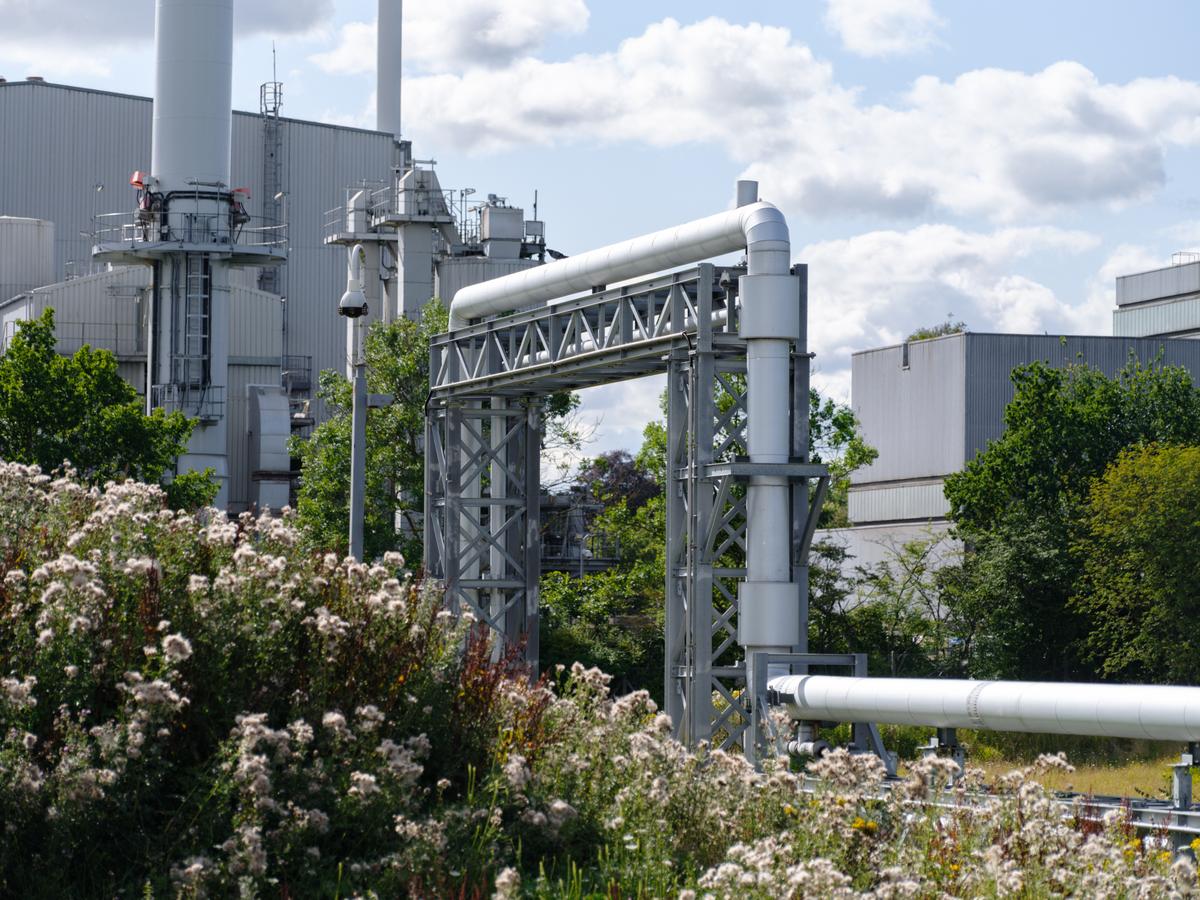
DDF is based at the Michelin Scotland Innovation Park, a former tyre factory | Photo Credit: Grant Anderson
One of the major factors that makes Dundee Design festival so sustainable is our site. We are based at the Michelin Scotland Innovation Park, a former tyre factory that is now powered by windmills, which provide clean energy. We have committed to use less than 30% virgin materials for the build and delivery of the festival.
You have been vocal about the wasteful nature of most design fairs and festivals. How have you changed that with the Dundee Fest?
In 2024, with everything that we now know about climate change and the climate emergency, we can no longer justify a scenario where any type of festival is built on a large scale with very bespoke exhibits that use materials that are not easy to be reused or recycled. A long lead in time with our partners at Michelin Scotland Innovation Parc. has enabled us to liaise over a longer period locally and communicate with other cultural partners across the country. We’ve been able to accept donations of high quality infrastructure in the form of former exhibition infrastructure and cabinetry.
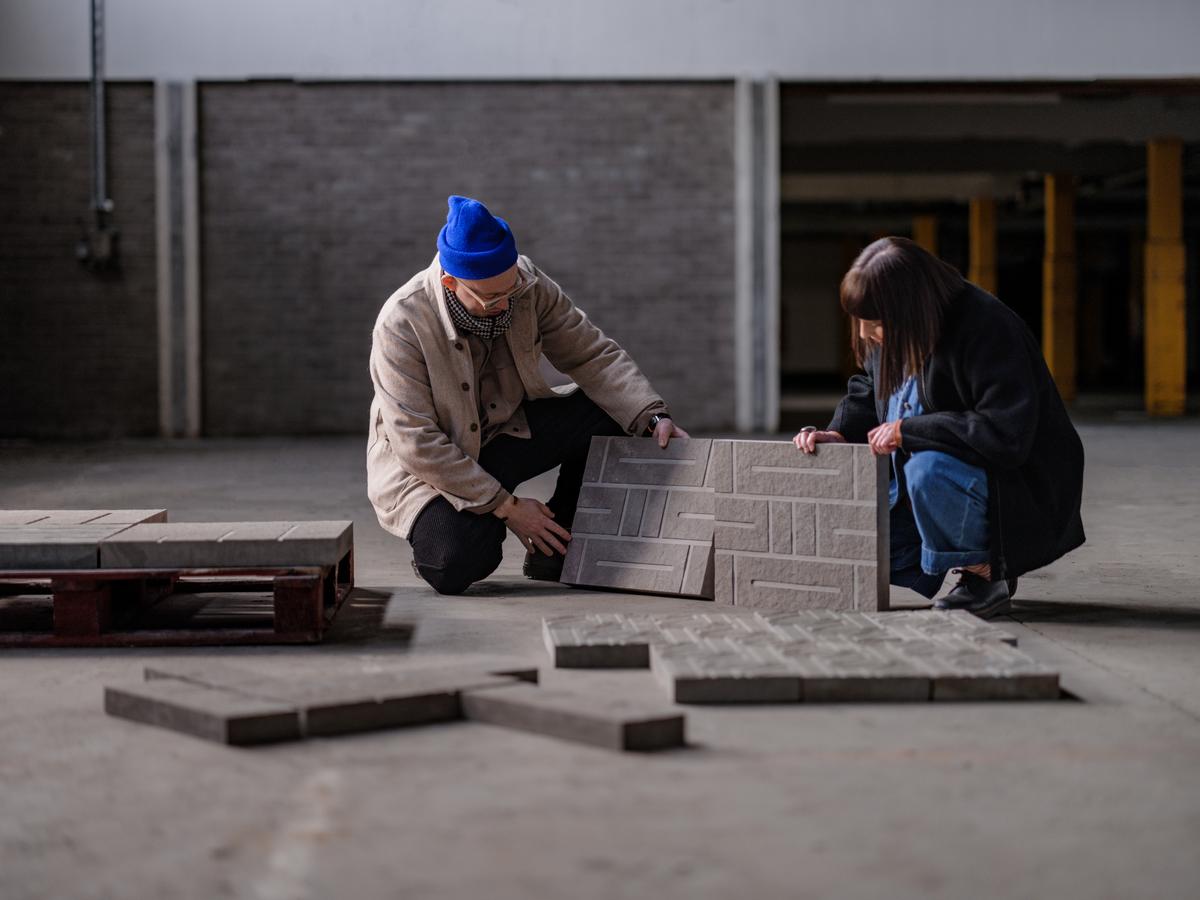
The team has committed to use less than 30% virgin materials for the build and delivery of the festival | Photo Credit: Grant Anderson
We’re working really hard to make sure that there isn’t any food waste. So we’re calculating how many visitors we expect to have each day very carefully. Any residual materials are taken to the recycling centre next door to be recycled and turned into energy. We’re also working with sustainable transport provider Ember to bring audiences from cities across Scotland by electric vehicles. And these vehicles are charged here using the wind-powered electricity generated on site.
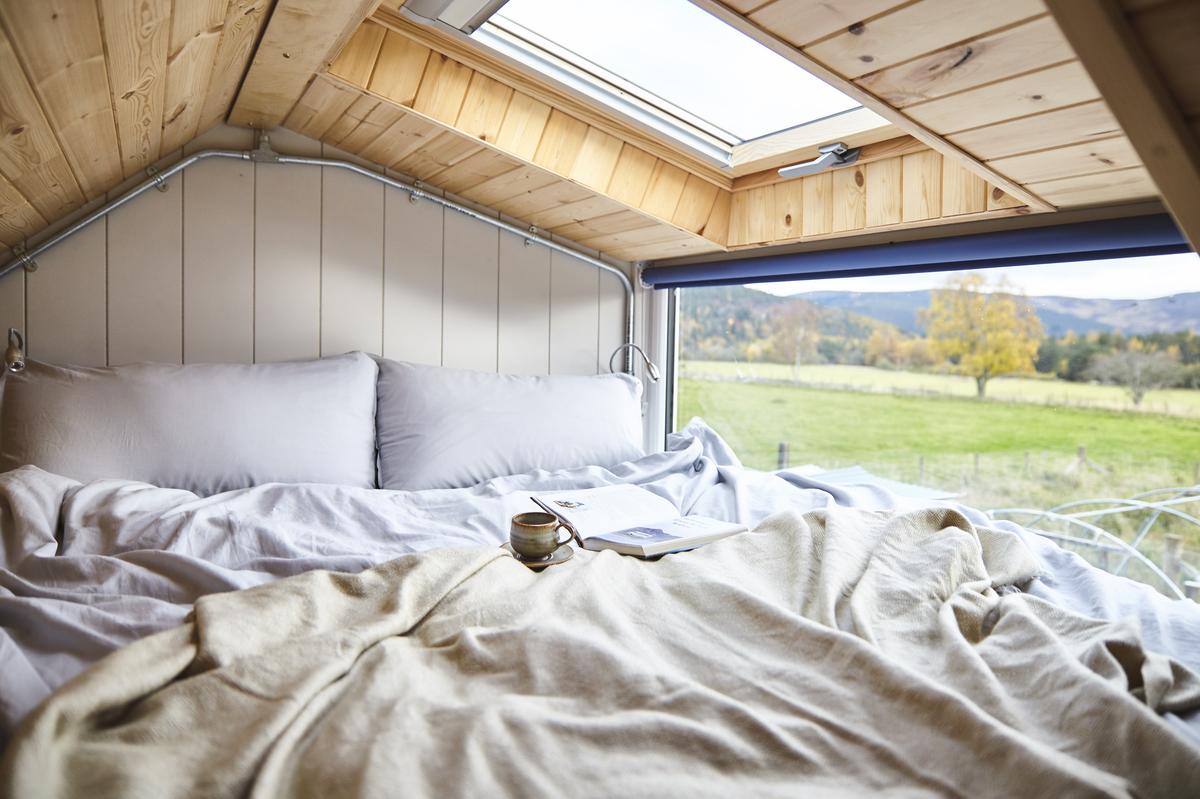
Alicia Storie’s Tiny House | Photo Credit: Megan Redden Photography
Four of Scotland’s most innovative design studios will create large-scale installations. Please elaborate
Each design studio or individual designer is taking a completely different approach to design. Donna Wilson, a textile designer and knitwear designer (who runs Knit Shop) is creating a magical, enchanted forest full of knitted trees with a special new character that she has created just for Dundee Design Festival. He’s going to be nestling within the forest, and his hair (which can’t stop growing) is made from yarn which will be fed into a traditional knitting machine so festival visitors can use it to make one long never-ending scarf.
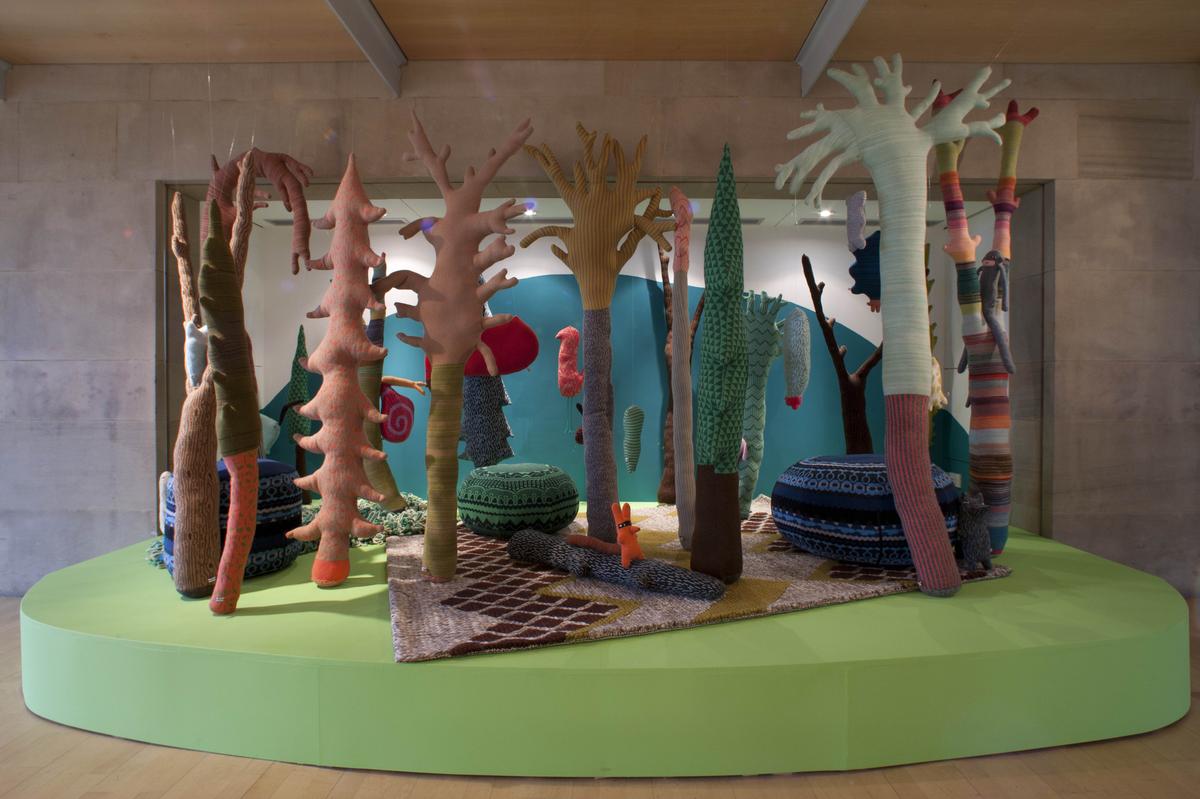
Donna Wilson’s artwork | Photo Credit: Jonty Wilson courtesy of Yorkshire Sculpture Park
Timorous Beasties is made up of Paul Simmons and Alistair McAuley, who graduated from Glasgow School of Art and are known internationally for beautifully high-impact maximalist designs for wall coverings and textiles. For our design festival, they’re creating an enormous installation that is formulated in such a way that audiences will actually be able to walk in amongst the hanging drapery in the form of a type of maze.
Alicia Storie is building with our team, the outline, or, shall we say, the skeleton of a Tiny House. The Tiny House will be established in two parts, one part will offer a workshop space for visitors, and the other side of the Tiny House will be a materials library, you’ll be able to walk around and find out about exciting new and innovative materials which are rooted in sustainability.
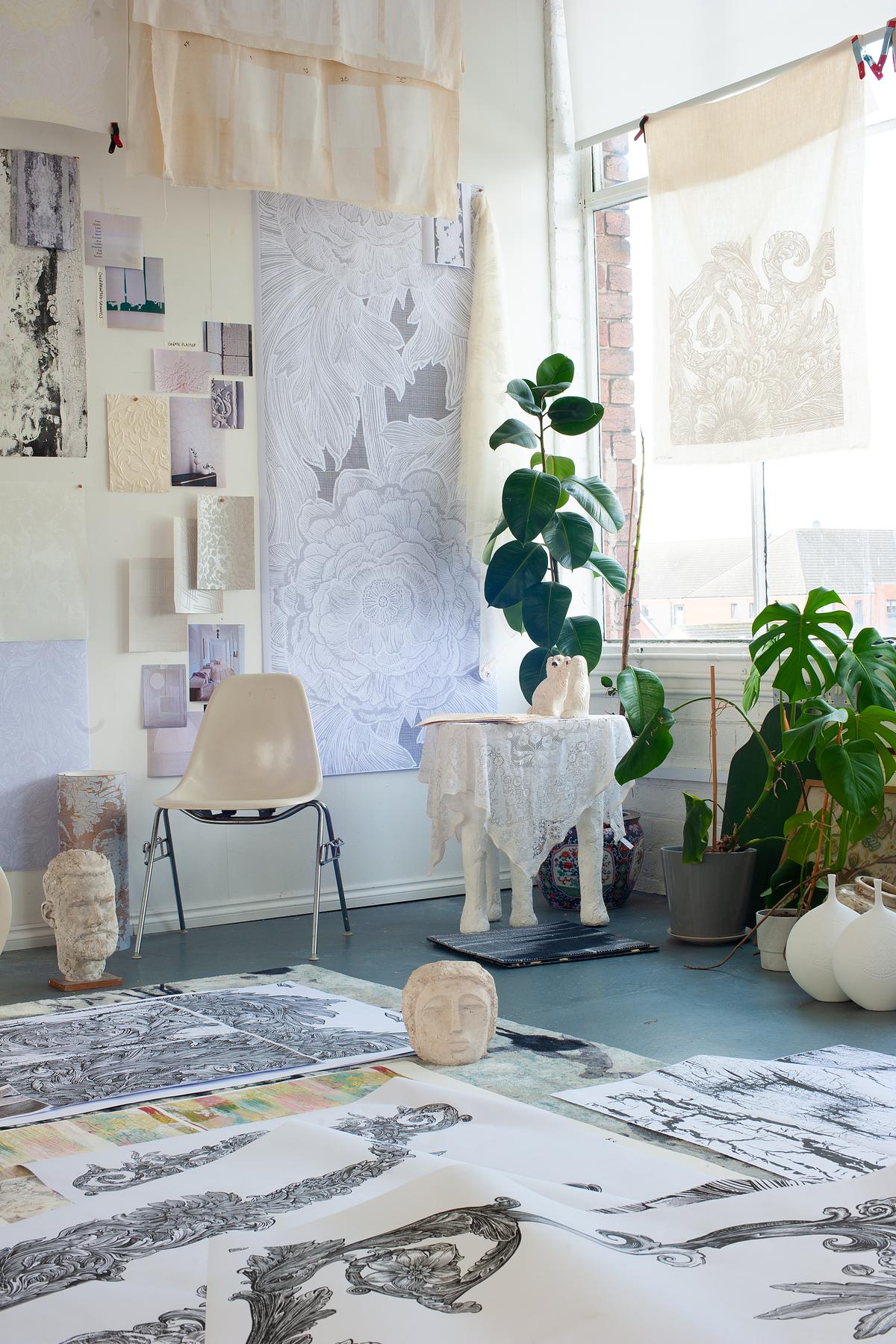
Art by Timorous Beasties | Photo Credit: ADRIAN BARRY
And finally, Gabriella Marcella is the design lead of one of Scotland’s most exciting design businesses, Risotto Studio, who will explore movement and costume design within her practice as a designer.
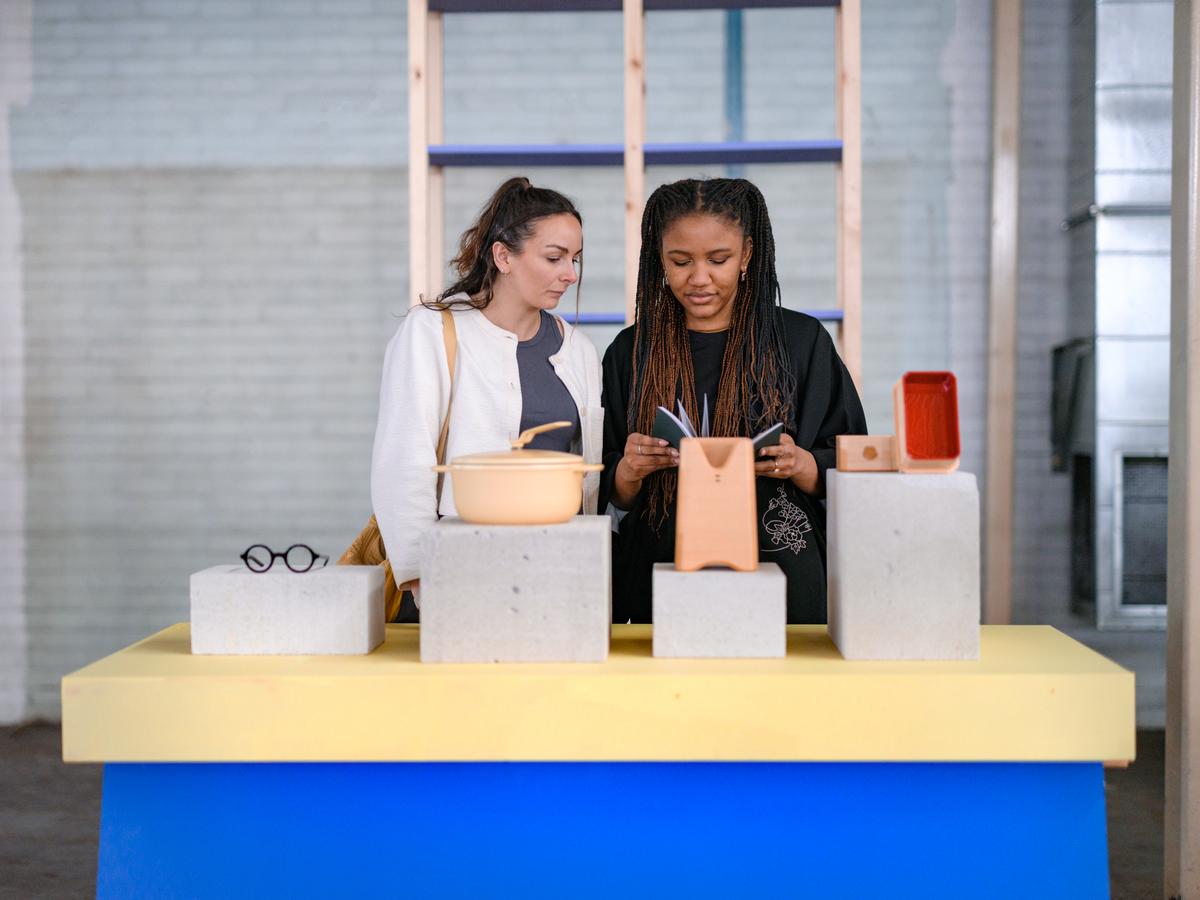
Visitors at the DDF | Photo Credit: Grant Anderson
Dundee Design Festival will be held from September 23 to 29, 2024 at Michelin Scotland Innovation Parc, Dundee, Scotland.
Published – September 21, 2024 12:59 pm IST

